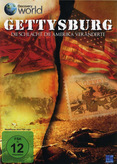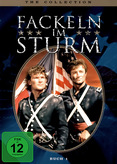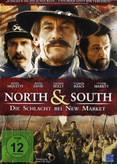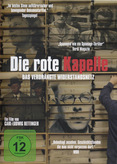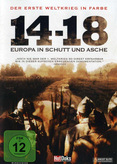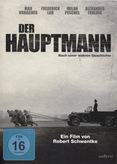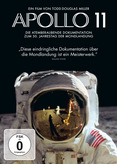Am 1. Juli 1863 trafen bei Gettysburg, einer Kleinstadt in Pennsylvania, die Nord-Virginia-Armee von General Robert E. Lee auf Seiten der Konföderierten und die Potomac-Armee auf Seiten der Union unter der Führung von Generalmajor George Gordon Meades aufeinander. Lee wollte diese Schlacht nicht, doch sie war aus seiner Sicht unausweichlich und er nahm das Gefecht an. In nur drei Tagen verloren insgesamt 5.500 Soldaten ihr Leben, und man hatte mehr als 44.000 kampfunfähige Männer zu beklagen. Das macht die Schlacht von Gettysburg zu einer der blutigsten Schlachten auf dem amerikanischen Kontinent und stellt einen der wichtigsten Wendepunkte im amerikanischen Bürgerkrieg dar. Noch im selben Jahr wird in Gettysburg am Cemetery Hill ein Soldatenfriedhof eingeweiht. Bei der Zeremonie hält Präsident Abraham Lincoln eine nur zweieinhalbminütige Rede, die jedoch als „Gettysburg Address“ als rhetorisches Meisterwerk in die Annalen eingeht.
On July 1, 1863, the Northern Virginia Army of General Robert E. Lee on the Confederate side and the Army of the Potomac on the Union side under the leadership of Major General George Gordon Meades met near Gettysburg, a small town in Pennsylvania. Lee did not want this battle, but it was inevitable from his point of view and he accepted the battle. In just three days, a total of 5,500 soldiers lost their lives, and more than 44,000 men were unfit to fight. This makes the Battle of Gettysburg one of the bloodiest battles on the American continent and represents one of the most important turning points in the American Civil War. In the same year, a military cemetery was inaugurated in Gettysburg on Cemetery Hill. At the ceremony, President Abraham Lincoln gave a speech of only two and a half minutes, but it went down in the annals as the "Gettysburg Address" as a rhetorical masterpiece.
